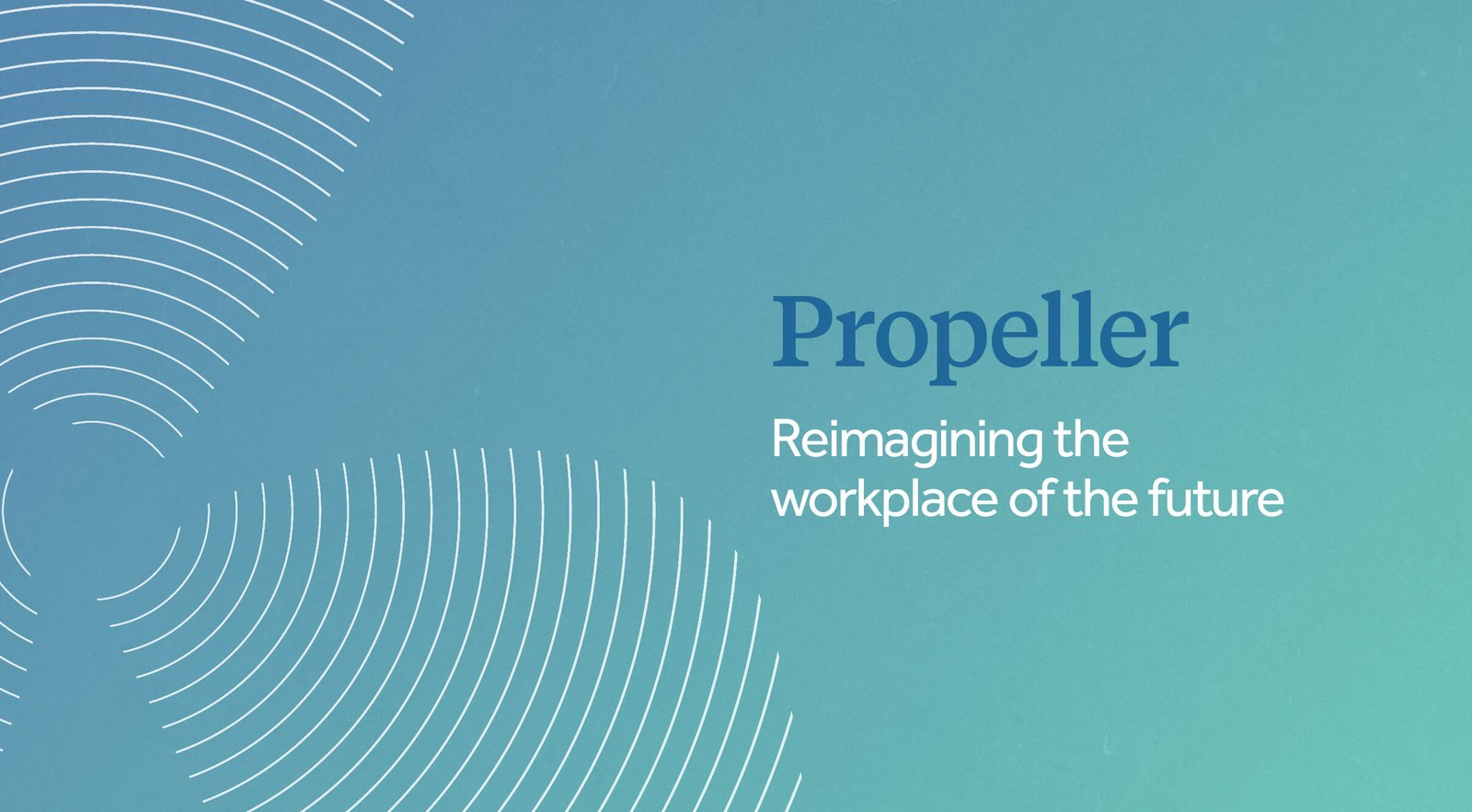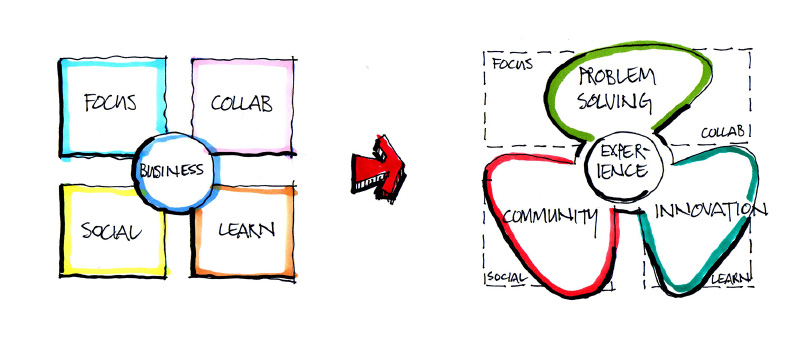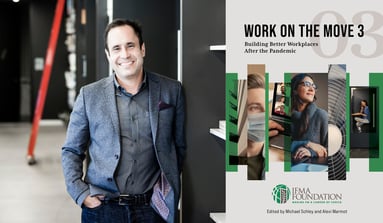
Is the traditional office obsolete? Is working from home the new norm? Is there a generational shift at play propelling us forwards? Our global strategy and design experts weigh in.
With many regions now ahead of the COVID-19 curve, businesses are looking at return-to-work roadmaps and benchmark business solutions to successfully move forward. As such we’ve developed a new framework for workplace design called ‘Propeller.’ Designed to propel businesses forward, Propeller combines the ease and familiarity of working from home and the collaborative nature of the physical office, to create a balanced location to work from.
We recently conducted surveys and interviews with 237 of our clients, including ANZ Bank, Optus, Coca Cola, EY and Deloitte, and concluded that businesses across the globe are looking for workplace solutions that improve employee retention, inspire collaboration and knowledge sharing, and normalise the true definition of flexible working. The Propeller framework does just this; it focuses much less on the individual desk and finding focus space, as employees can now do this at home with the correct set up, and instead revolves around those experiences that satisfy our social desires, and reinforce brand, culture, innovation and problem solving.
Using predictive analytics
Global workplace experts Unispace have also developed a predictive analytics tool that models expected occupancy levels across different industries to help inform future workplace usage.
The tool leverages 3.2 million data points from the Bureau of Labour Statistics to help businesses decipher how their workforce will return to the office and on what basis. The tool is able to forecast the specifics of how many people can be expected back (i.e. headcount), when and how often they’ll be in the office and as a result, the spatial requirements of the office down to the square metre. It is customisable to different market sectors and uses an algorithm to produce augmented workplace data to help inform business decisions.
Across all industries, Unispace’s predictive analytics suggests 37% of the workforce will continue WFH 3+ days a week, even once a vaccine is readily available.
Some other high-level insights include:
- 40% of workers will work from home up to three days a week from 2021
- 20-60% percent of the workforce will continue to work remotely as a result of COVID-19 protocols
- 10-30% of office space will remain unoccupied (in addition to the 40-50% that was already typically unoccupied)
- Therefore, at any given time in future, a workpoint could remain unoccupied 60-80% of the time
“Unispace’s Propeller framework is evolutionary, not revolutionary,” said Simon Pole, Unispace’s Global Design Director. “It’s about creating an office environment that works harder and smarter.”

Albert De Plazaola, Unispace’s Global Strategy Principal expands saying, “With new parameters in place, workspaces could remain unoccupied as much as 80 percent of the time post-COVID-19. This does not mean the office is now irrelevant, but it does mean that the value of the office has changed. Moving forward, the office will exist to satisfy our social and collaboration needs, functioning as an idea and revenue generator, while our home office will provide us with the opportunity to focus and learn.”
“For some, this might mean a reduction in real estate, while others will redistribute and reinvest to create a destination workplace, with more areas for collaboration and enhanced technology,” follows Simon.
“The Propeller framework is the strategy-led solution businesses need to enable their employees to thrive and do their best work” finishes Simon.
It is currently being applied by a number of our clients globally, who are in the midst of a workplace move.
“Workforce needs have changed, and work patterns have shifted,” says Albert. “If we are to find success in this new reality, our approach to the physical office will need to evolve to adjust to the ‘next normal’ and absorb what we have learned during this crisis.”


